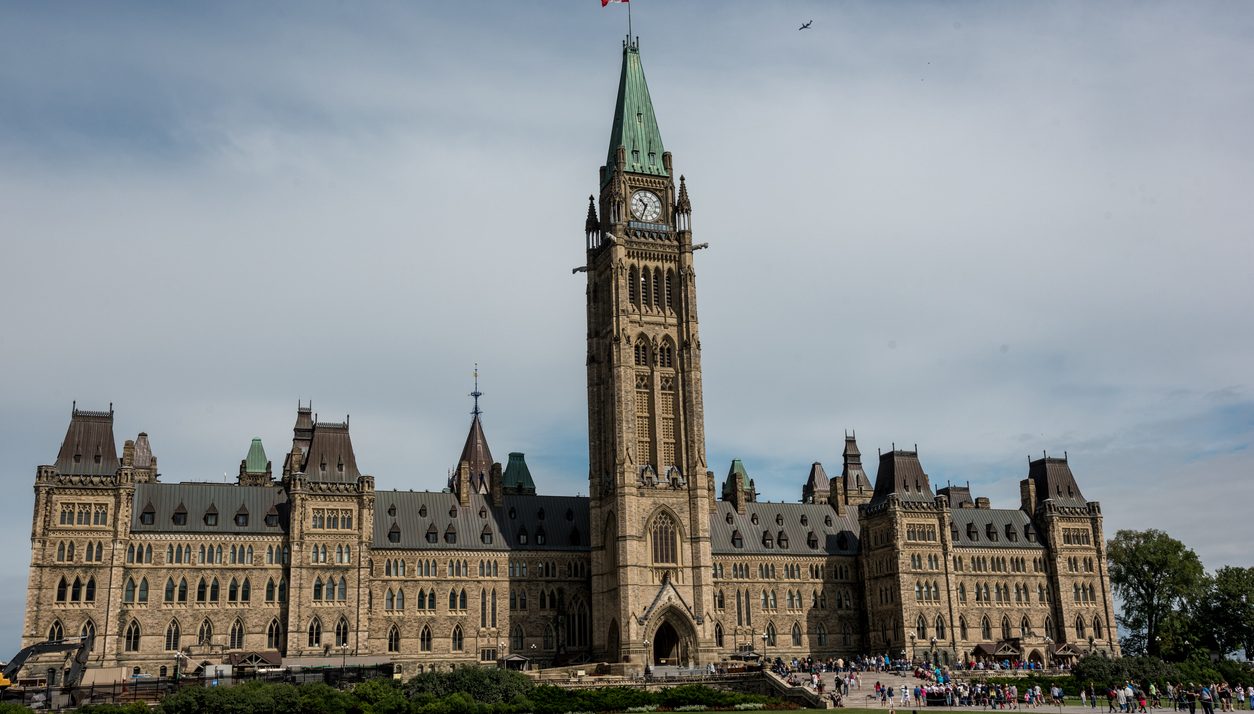The ministers also expressed the need for a Municipal Nominee Program, to streamline immigration policies in some cities.
The PNP program allows provinces to formulate tailored immigration policies that address their specific economic needs. Federal immigration encompasses regional and local labour market, such as the Rural and Northern Immigration Pilot and Atlantic Immigration Pilot Program.
According to an authoritative source from the ministers’ forum told CIC News that the next date for the next meeting is yet to be discussed. Nonetheless, based on the previous trends, the next meeting will most probably be held in the fall, a few months before the announcements of the 2021-2023 immigration levels.

What Does That Mean to Immigrants?
The annual federal-provincial meetings explain why Canada has a robust immigration system. Each region, province, and territory in the country has unique economic and cultural conditions. Involving each of these constituents in immigration issues enables the state to bolster immigration policies that address each province’s and territory’s needs.
Canada’s immigration minister, Marco Mendicino, explained the government’s position on immigration during the Covid-19 crisis. He said the government remains dedicated to welcoming skilled foreign workers from every corner of the planet.
The Results Attest to That
Throughout the crisis, the federal and provincial governments have invited immigrants through the Express Entry, PNP, and Quebec’s immigration programs.
A top priority in the next ministers’ meeting will be to re-evaluate how the pandemic will affect the 2021 immigration plans. While the future remains unclear, one thing is sure: The coronavirus pandemic has had a very minimal impact on the country’s intention to invite immigrants at the federal and provincial levels. The Canadian spirit of welcoming foreigners remains unchanged.
According to Trevor Holder, the Co-chair of the Forum of Ministers Responsible for Immigration said, “The Covid-19 pandemic may have disrupted our immigration plans, but that’s now behind us. What we need is to focus, now more than ever, on working in collaboration to attract more immigrants. By pulling our efforts together, we have the chance of making Canada more prosperous and accommodative to new Canadians who have prospects of building a family and contributing to our communities.”






